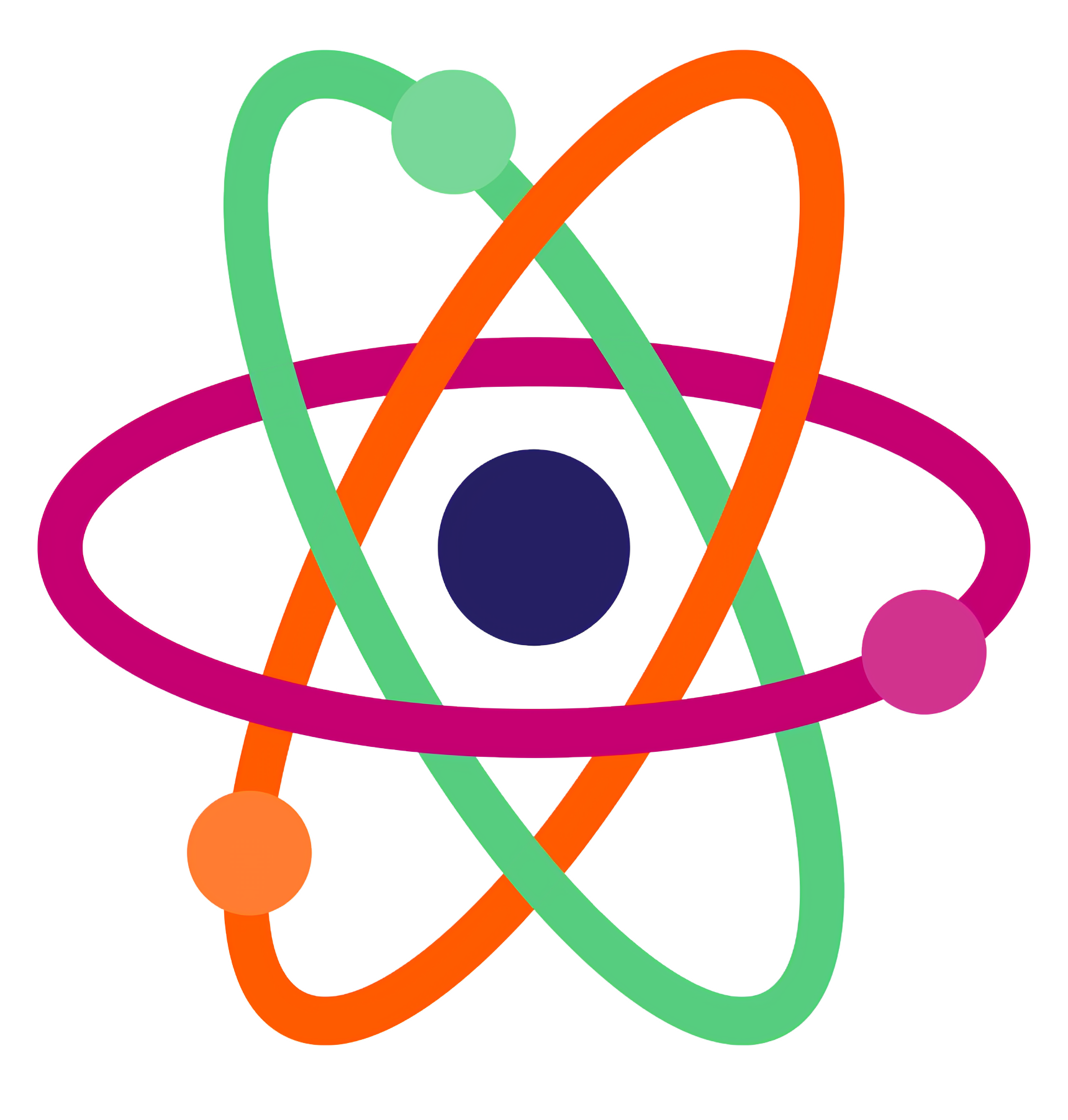The primary goals of Grade 4 science topics are to deepen students’ understanding of the natural and physical world while cultivating essential scientific inquiry skills. In physical sciences, students explore matter’s properties, energy forms, and wave behavior to explain everyday phenomena, such as why objects float or how electricity flows in circuits. Life science focuses on understanding how plant and animal structures support survival, analyzing ecosystems to grasp interdependence, and introducing heredity to connect traits to life cycles. These topics encourage students to observe, measure, and predict, fostering curiosity and a systematic approach to problem-solving through hands-on experiments and real-world connections.
In Earth and space sciences, Grade 4 students investigate Earth’s dynamic processes, like the rock cycle and erosion, to understand landscape changes, while distinguishing weather from climate to predict environmental patterns. Astronomy lessons explain Earth’s rotation and orbit, linking them to seasons and day/night cycles. The engineering and technology component emphasizes the engineering design process, where students define problems, build and test models, and refine solutions, promoting creativity and collaboration. Collectively, these goals integrate cross-disciplinary concepts, such as energy’s role in ecosystems, to build a cohesive scientific framework, preparing 9-10-year-olds for advanced study while making science engaging and relevant.
1. Physical Sciences
- Matter and Its Interactions
- Properties of matter (mass, volume, density)
- Physical and chemical changes (e.g., dissolving, burning)
- Mixtures and solutions
- Energy
- Forms of energy (kinetic, potential, thermal, electrical)
- Energy transfer (conduction, convection)
- Simple circuits (conductors, insulators)
- Waves and Their Applications
- Basic wave properties (sound and light waves)
- How light interacts with objects (reflection, refraction)
2. Life Sciences
- Structure and Function
- Plant and animal structures (e.g., roots, leaves, organs)
- How structures support survival (e.g., camouflage, spines)
- Ecosystems and Interactions
- Food webs (producers, consumers, decomposers)
- Environmental changes (natural and human impacts)
- Adaptations to specific ecosystems
- Heredity and Life Cycles
- Traits and inheritance (basic concepts)
- Life cycles of various organisms (e.g., frogs, butterflies)
3. Earth and Space Sciences
- Earth’s Processes
- Rock cycle and formation (sedimentary, igneous, metamorphic)
- Weathering and erosion
- Natural hazards (earthquakes, volcanoes, floods)
- Weather and Climate
- Weather vs. climate
- Measuring weather (temperature, humidity, wind)
- Regional climate patterns
- Astronomy
- Earth’s rotation and orbit (seasons, day/night)
- Solar system basics (planets, moons, asteroids)
4. Engineering and Technology
- Engineering Design
- Defining problems and designing solutions
- Building and testing models (e.g., bridges, circuits)
- Evaluating and improving designs
